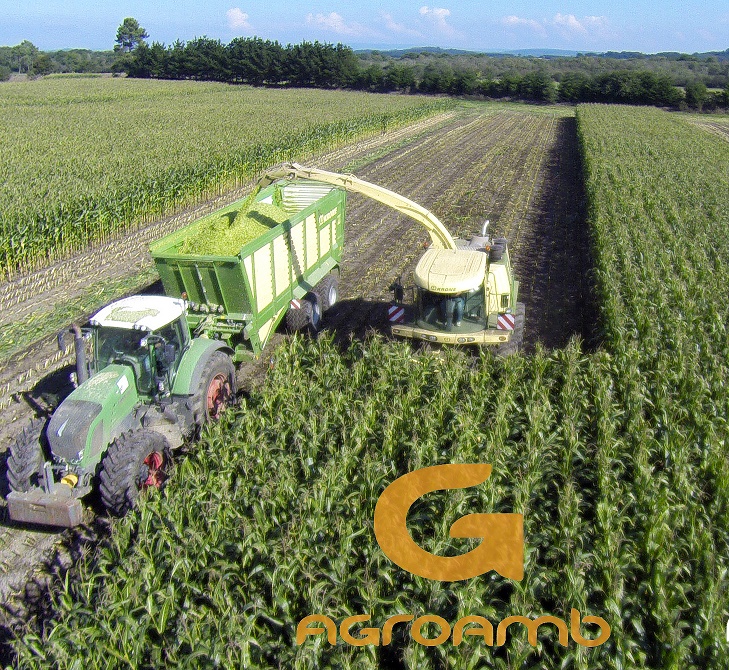Description
We develop organic and waste-based fertilisers (from waste to resources as fertilisers or amendments). We treat organic waste and animal-by-products with lime to sanitized and made organic amendments or fertilisers.This is an alternative treatment to anaerobic digestion or composting.
In Galicia (NW of Spain) in 2014, it was generated 2.2 millions of tonnes of Non-Hazardous Waste. About 25.8% of total Non-Hazardous Waste has the potential to be used as organic waste for the development of fertilizers or substrates, distributed in sewage sludge (8.5%), bio-waste (8.7%), wood ash (7.8%) and manure (0.8%).
In 2016 we recycled and transformed about 100.000 tonnes of organic waste into organic fertilisers or amendments.
We have ISO14001:2015 and EMAS in our organisation.
Added value
- Reduction of landfill waste and waste reuse (for example in 2016, we treated 100,000 tons of organic waste).
- The use of organic fertilizers based on organic waste, reduced use of chemical fertilisers (emissions reductions, saving about 1.5 t CO2/ha for a dose of 164 kg available Nitrogen / ha) ) and increased fertility of soil because we added organic matter, cations (Ca and Mg in case of cation exchange of soil for lime treatment), nitrogen, potassium and phosphorus, and amend pH. For example, the EU imports around 6 million tonnes of phosphates a year but could replace up to 30% of this total by extraction or use of fertilizers from sewage sludge, biodegradable waste, meat and bone meal or manure.
- The use of amendments based in organic waste treated with lime could be use at EU level, because the most agricultural soils in the European Union are poor in organic matters (particularly southern regions) or tend to acidity (pH<7)(particularly nothern regions). In Europe the majority of agricultural soils are acidic, where pH median is 5.51. In case of Total Organic Carbon in European soils the median is 1,71 %.
Challenges
- The European Commission proposed in 2016 a regulation which will significantly ease the access of organic and waste-based fertilisers to the EU single market. This future regulation of fertilisers is a great opportunity to develop our solution, but unfortunately our process is not included in drafts of this regulation today. We would like the EU to take into account this process as an opportunity within the circular economy.
- Financial resources for the development of new fertilizer products, industrial scale of research projects (Plantadac: biogas portable plant for the treatment of slurry, or Biogreen: biorefinery from green biomass), and implement industry 4.0 in current process.

